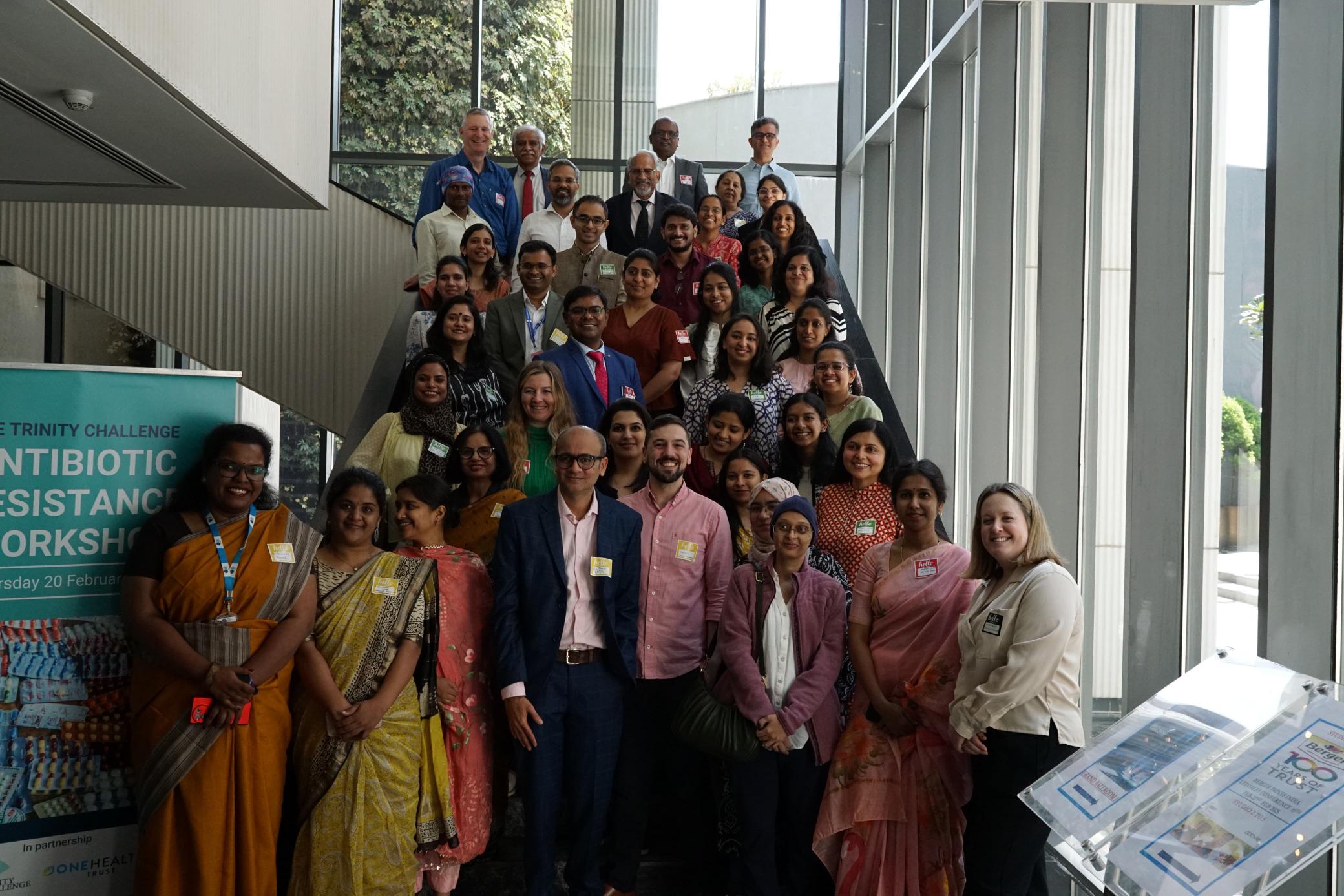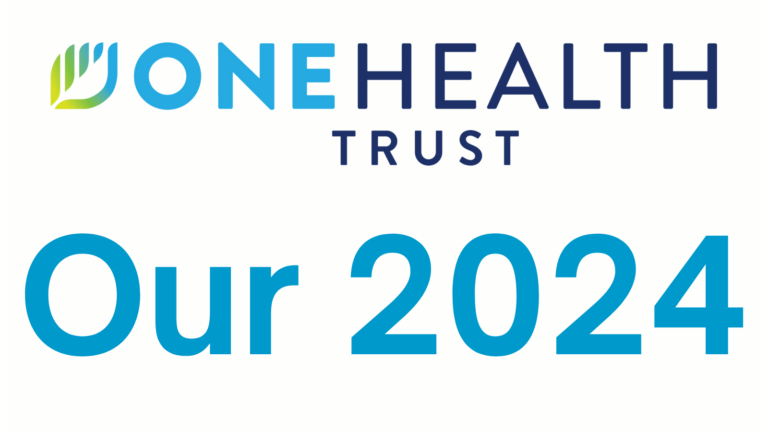June 24, 2017
Drug-resistant strains of bacteria are prevalent in both hospital and community settings; they cost billions of avoidable healthcare dollars and cause unnecessary disability and death. If left unaddressed, antibiotic resistance could recreate a pre-antibiotic era in which invasive surgeries are impossible, and people routinely die from simple bacterial infections.
But even if we were to make the best use of existing drugs, resistance would arise. With increasing in vitro resistance in many species of bacteria, there is concern that the pace of new antibiotic development has fallen behind the rate of antibiotic obsolescence, although there is evidence that in the case of some drug-resistant infections such as MRSA, there are a number of new drugs in the pipeline. CDDEP’s work in this area has looked at the rationale for government involvement in incentivizing new drugs and has evaluated potential policy responses.
Obstacles in New Antibiotic Drug Development
There are three reasons why private markets may fail in the case of antibiotics. First, the pharmaceutical industry may be more interested in producing broad-spectrum drugs that are more likely to lead to resistance in a wide range of organisms than narrow-spectrum drugs that are likely to be more selective in their killing effect. Second, the market does not incentivize manufacturers to sell drugs in a manner that conserves effectiveness. And third, private markets do not have an incentive to discover new classes of drugs. The rewards are greater to just produce me-too innovations that are marginal in nature and do not fundamentally replenish our dwindling stock of antibiotic effectiveness.
An analysis conducted by researchers at CDDEP, the Norwegian Institute of Public Health, and the University of Oslo found that antibiotics approved between 1999 and 2014 fail to address urgent resistance threats. None of the 25 antibiotics brought to market in this 15-year time frame targeted resistant Gram-negative bacteria. Researchers are calling for a global research and development strategy to incentivize the development of broad-spectrum antibiotics along with alternative therapies to antibiotics.
A number of policies to encourage the development of new antibiotics that have been contemplated so far include tax incentives for research spending, patent extensions for other drugs in a pharmaceutical company’s portfolio in exchange for developing a new antibiotic (“wild card” patent extensions), and liability protection from the adverse side effects of new antibiotics. However, the challenge is designing a policy that addresses specific market failures in the context of antibiotics.











